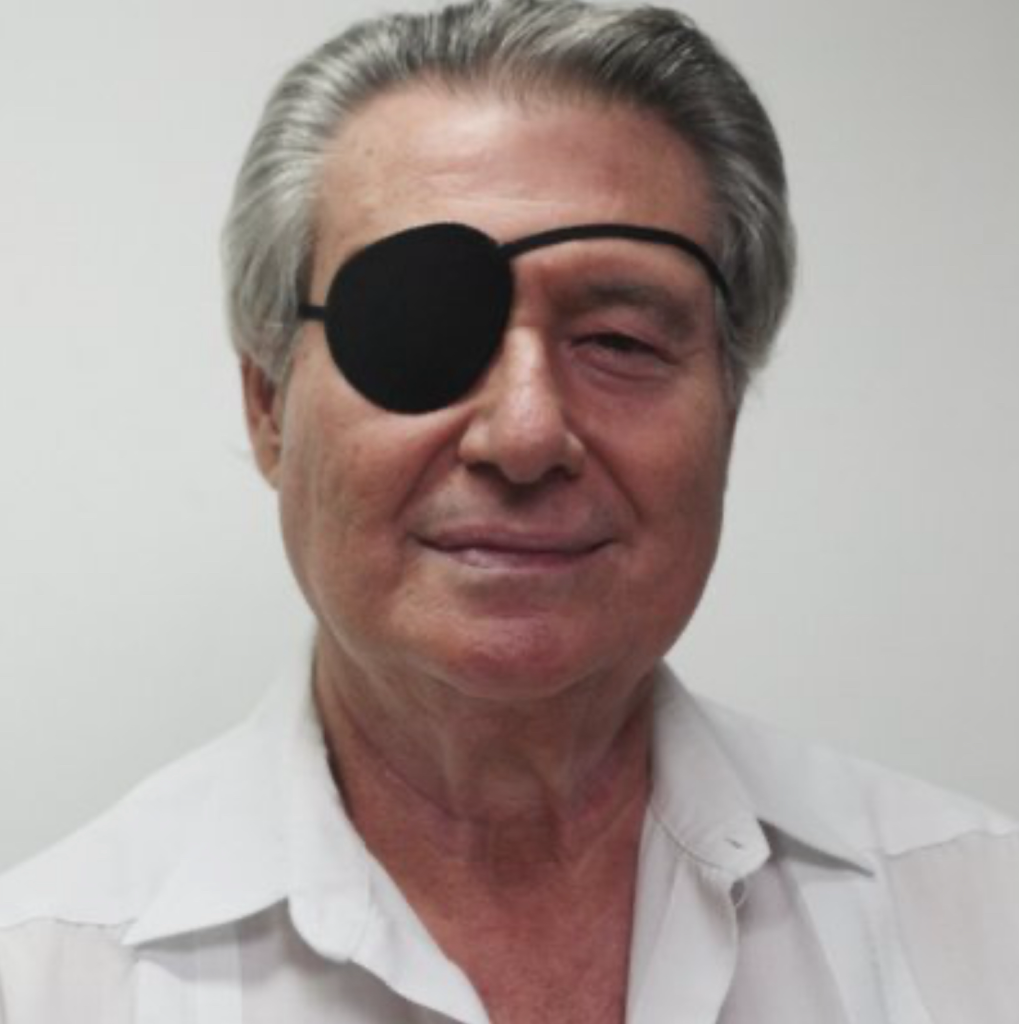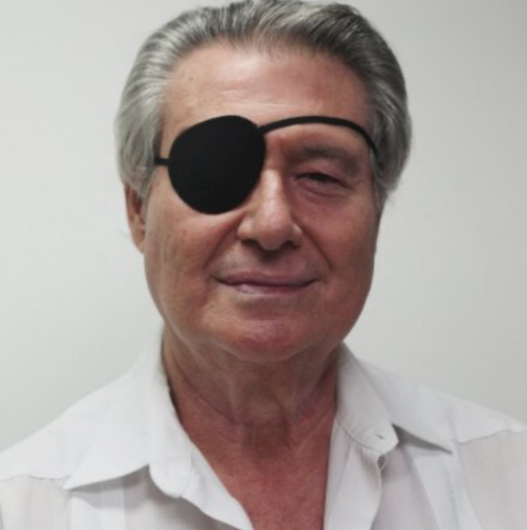SADIO GARAVINI DI TURNO
THE HISTORY OF THE NEGOTIATIONS BETWEEN VENEZUELA AND GUYANA

The Venezuelan claim over the Essequibo territory has as its fundamental legal framework the Geneva Agreement (GA) of 1966. This treaty establishes that “satisfactory solutions must be sought for the practical settlement of the dispute, which arose as a consequence of the Venezuelan contention that the Arbitral Award of 1899 on the boundary between Venezuela and British Guiana is null and void”.
Guyana has always asserted that the object of the Agreement is to establish the validity or nullity of the Award, therefore, the International Court of Justice (ICJ) has been Guyana’s preferred means. On the other hand, Venezuela has always opted for bilateral negotiations.
In 1970, after four years of negotiations without results, the Port of Spain Protocol was signed, suspending for 12 years the operation of Article IV of the GA, which, in case of failure to reach an agreement between the parties, obliged them to turn to the UN Secretary General, so that he could choose one of the means of peaceful settlement of disputes, provided for in Article 33 of the UN Charter.
In 1970, Venezuela’s dispute with Colombia over the delimitation of the waters adjacent to the Gulf of Venezuela was heating up and the Venezuelan government considered it inconvenient to have to face both disputes at the same time. But it is essential to understand that the Protocol did not mean the freezing of the claim, as has been erroneously asserted. In fact, it was precisely while the Protocol was in force that the parties came the closest to a possible practical solution.
In 1977, in negotiations between Isidro Morales Paúl and Foreign Minister Fred Wills, the Burnham government agreed to discuss the hypothesis of ceding to Venezuela a territory between 5,000 and 15,000 km2, with a coastline adjacent to the state of Delta Amacuro, with relevant projection in marine and submarine areas, in exchange for economic advantages. Many of these advantages, by the way, during the last decades, we have been giving them anyway and in exchange for nothing.
In relation to the bilateral negotiation and the possible “practical solution” that could result from it, I believe it is necessary to underline the following dilemma that any Venezuelan government has had and will have. Taking into account that the Venezuelan claim covers 2/3 of the territory that Guyana administers and over which it exercises control, any practical solution that Guyana can realistically offer will always be a reduced cession of the territory under claim. Accepting it bilaterally will always imply, for the Venezuelan government, high internal political costs.
In 1978 Argentina and Chile were at the gates of a war over a territorial dispute that neither the British Award (1977) nor direct negotiations had been able to resolve. The solution came about through the mediation of Pope John Paul II. Indeed, the intervention of a third party in good faith and with “auctoritas”, can make “digestible” solutions difficult to accept bilaterally.
That is why, when Guyana in 2013, after decades of unsuccessful bilateral negotiations, asked the Secretary General to take the dispute to the ICJ, Venezuela committed the clumsiness of insisting on continuing bilateral negotiations assisted by a Good Officer, instead of requesting mediation, for example. Is it strange that two Secretaries General and the last Good Officer gave the reason to Guyana?
Sadio Garavini di Turno (@sadiocaracas) is a diplomat and political analyst.
If you use this article, please cite the author and EditoRed.



